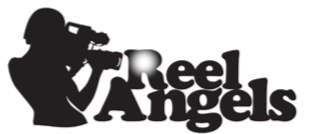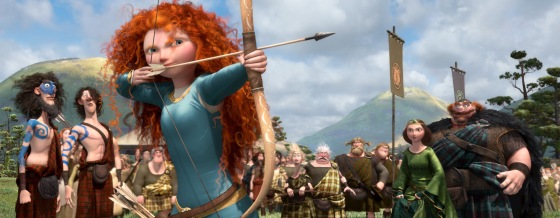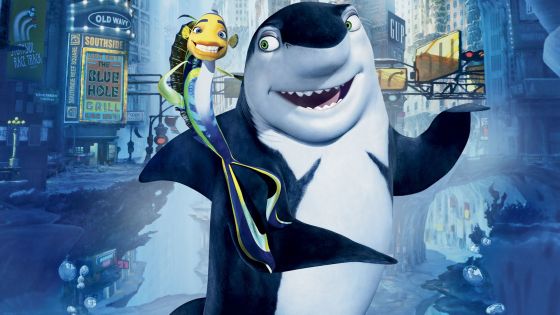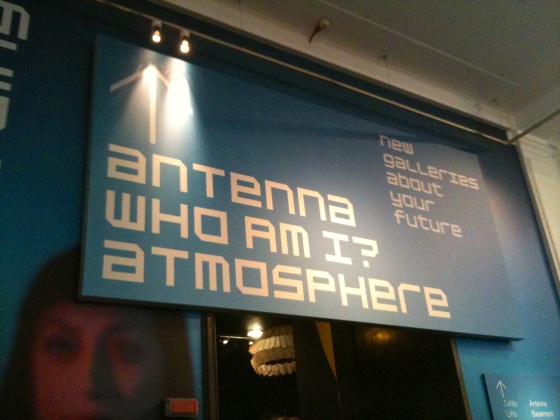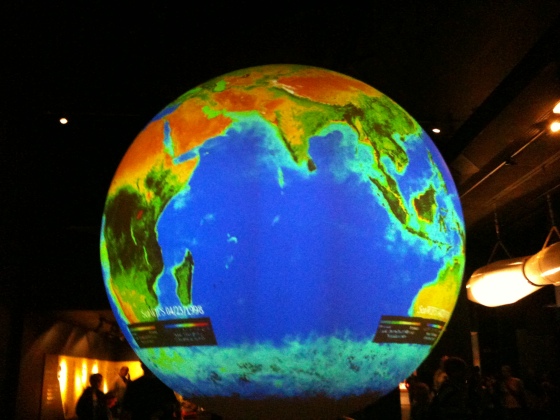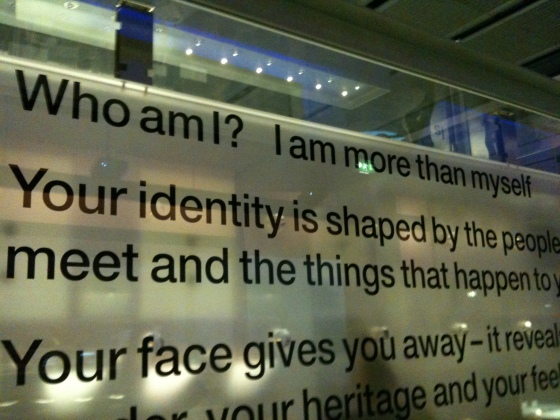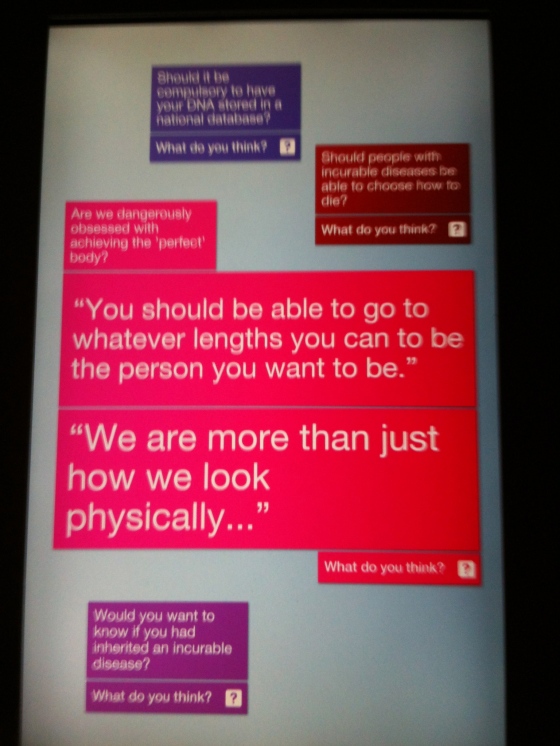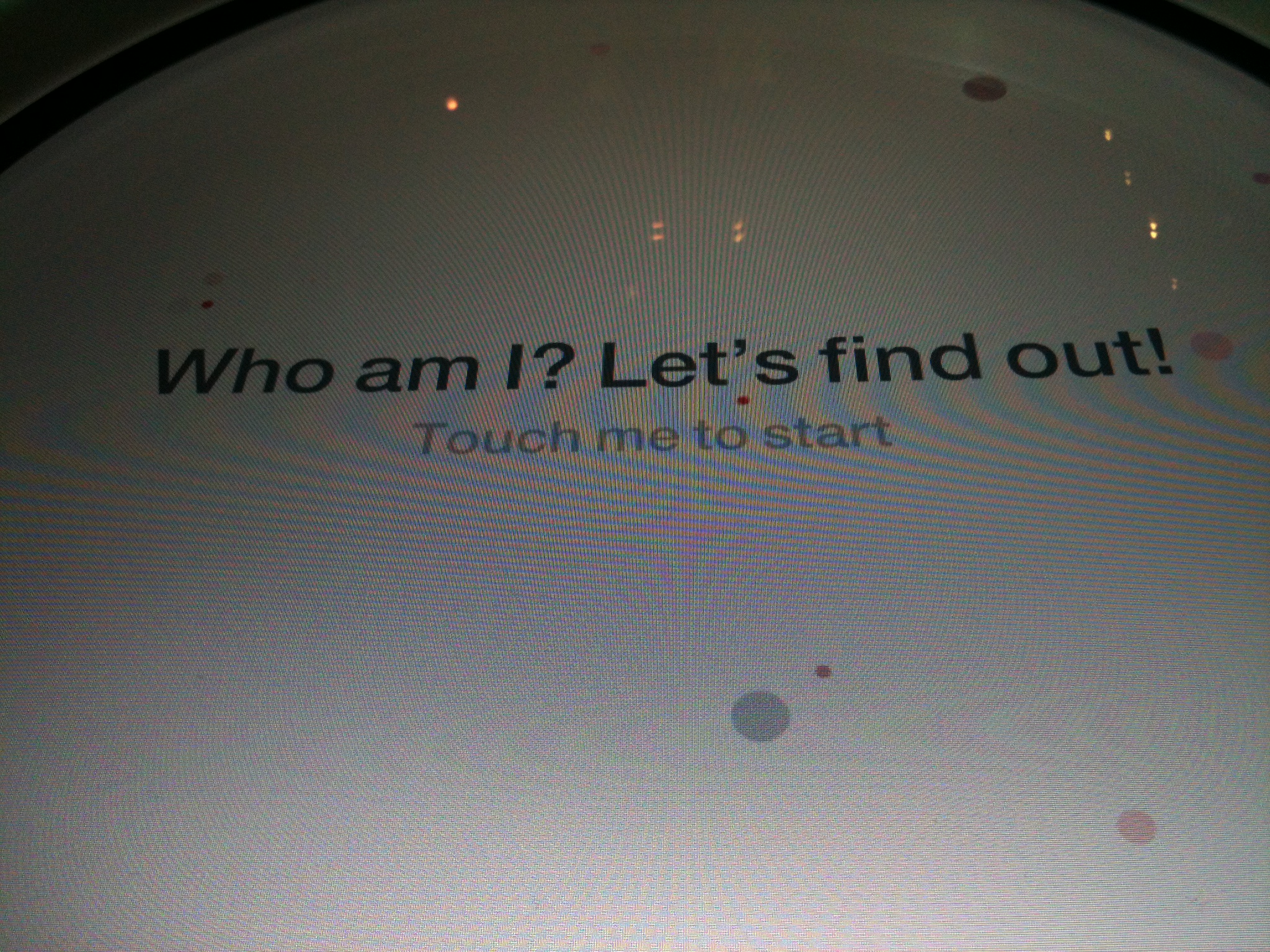The What I See team recently attended a Women in Film and Television UK (WFTV) event, where we chatted to a selection of the exceptional women from the film, television and media industry. Each woman that we met is a shining example to all young girls.
It is clear from the statistics we heard from Women and Hollywood blogger Melissa Silverstein that females are massively underrepresented in front of the camera. But what about those behind the camera? According to the San Diego State University’s Center for the Study of Women in Television & Film, in 2012, only 26% of individuals working behind the scenes (such as directors, producers and writers) were women. The figures for the amount of women who worked on the top 250 films of 2012 are even more depressing; they stand at a mere 18%.
What can be done to change this? Some women have taken it on themselves to bridge the gender inequality gap by taking matters into their own hands. Kristen Wigg penned the £198 million smash-hit film Bridesmaids after been quoted as saying: “It’s not that there aren’t good roles for women, there just aren’t enough.”
In May of this year, camera operator Lulu Elliott launched her own agency, Reel Angels, to help women who work behind the camera. “We hope to raise much needed awareness with Reel Angels as [it is] the first and only agency representing female camera, lighting and sound freelance crews,” she told us. “With 100 UK members and growing, it feels great to shine a light on skilled women who have been traditionally been under-represented.” The women that are represented by the agency already have a myriad of crew credits, everything from Hollywood blockbusters to British soap operas.
We also met Sarah Gray, whose latest film Wicked Yeva, a psychological thriller about sibling rivalry, was featured as Film of the Day on Gerry Films. Sarah wrote and directed the film herself.
“I made Wicked Yeva because I’m fascinated with the cycles of behaviour created within families. Yeva’s revenge is fuelled by her need for her mother’s love, [which her mother] Heather is unable to give. The cycle continues as Yeva bullies her little sister Susie so she can control the family and ultimately Heather. I wanted to tell the story of siblings because it’s a relationship most of us understand and is often our first experience of rivalry. I find it frightening how we easily we pass on the unspoken darkness in our hearts to those who need us most.”
Sarah openly admits that she is using her film and talent to break common stereotypes about women that are held in the film and television industry. “I’ve found that, being a woman, my skills and vision are often automatically underestimated. It’s only when I can prove that I know what I want from my films, and have a clear vision of what I’m trying to achieve, that attitude changes. By being concise, calm, and communicative, I’ve managed to make it work so far!”
These women show that females are now finding new and creative ways to express themselves. How do you think we can further break down those barriers of ignorance and prejudice? Let us know in the comment section below.

